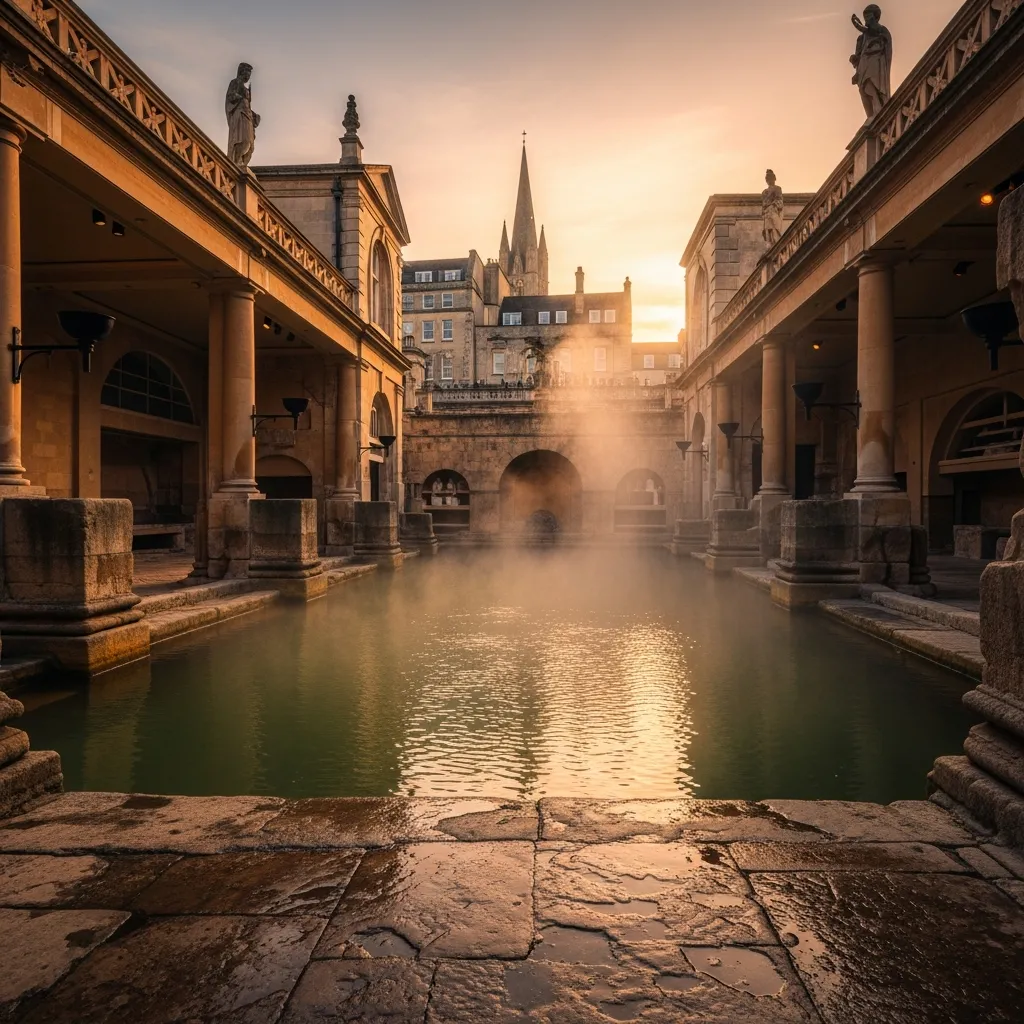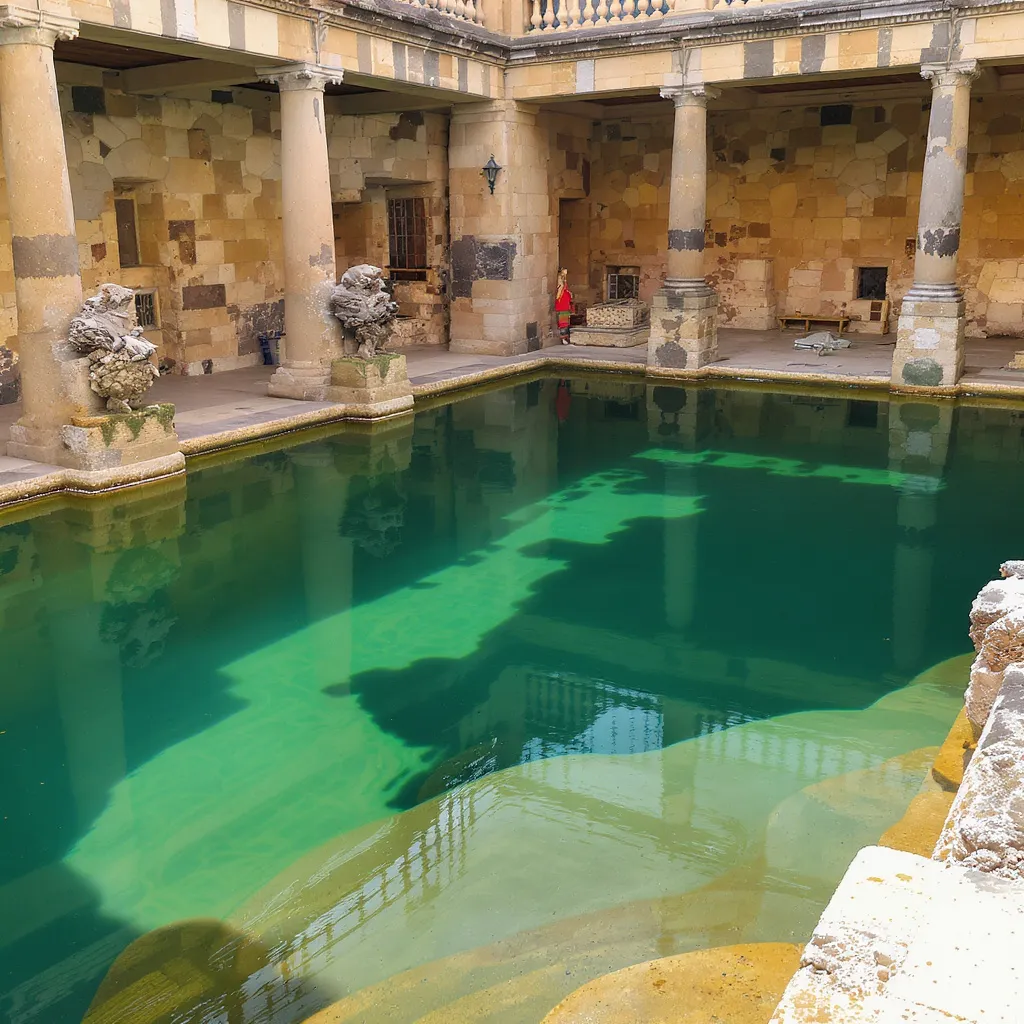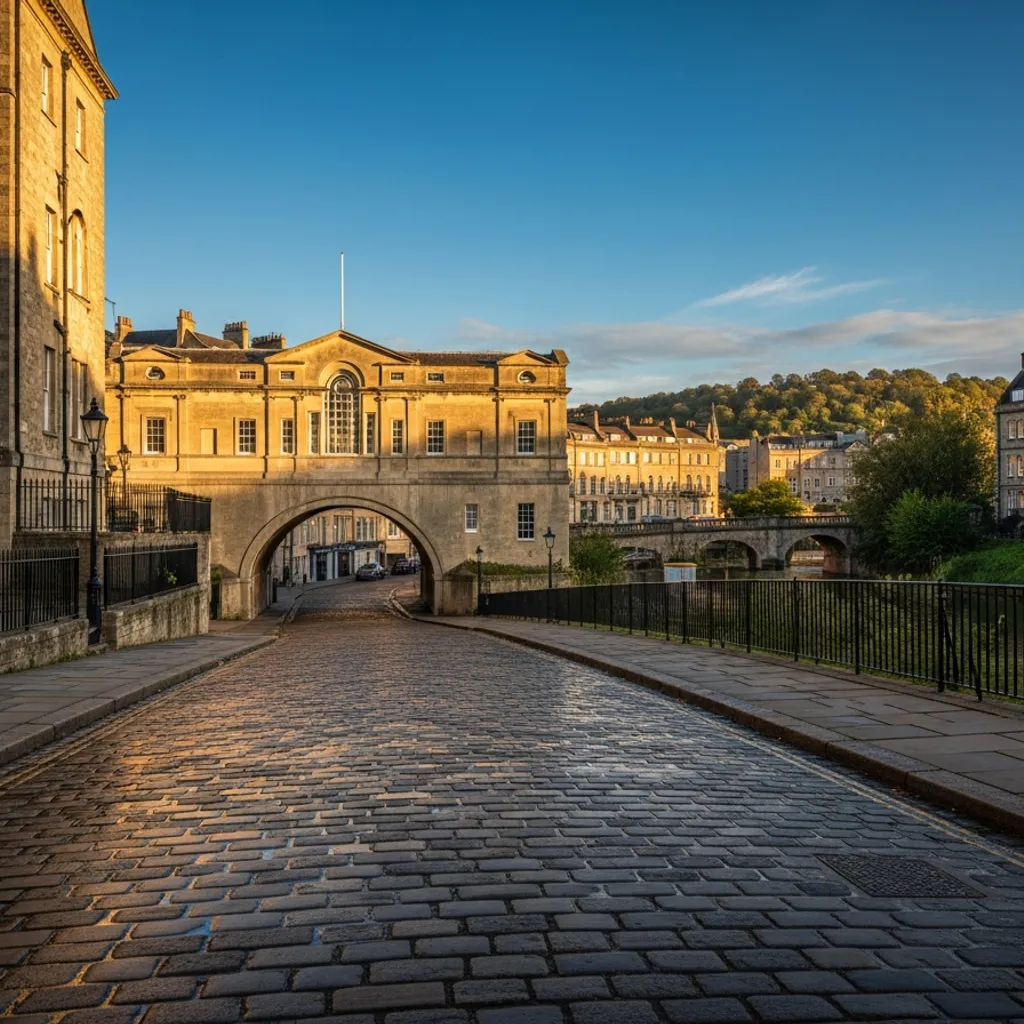Historic Attractions and Sights
Bath’s story is visible on every street, from Roman baths to Georgian crescents, and this section helps you turn curiosity into a plan. Start with historic Bath attractions to place each landmark in its wider story, then layer in contemporary venues and programmatic picks from arts and culture spots to fill an afternoon. If you want the must-see choices in one place, consult the best things to do for top-rated activities and straightforward timing suggestions. Together these recommendations give context and options, whether you have an hour for a museum, a morning for walking the crescents, or a flexible day to follow historic threads through the city.

Bath’s three hot springs deliver around 1.3 million litres of mineral-rich water each day, emerging in the city centre at 40 C or above. citeturn0search0
Food Markets and Local Eats
Eat like a local without wasted time. For quick, dependable comfort try the classic British chippies for golden batter and thick cut chips, or book a relaxed pub meal from the round of Sunday roast restaurants for crisp potatoes and rich gravy. For market atmosphere and small producers head to local food markets where street stalls and seasonal stalls make it easy to graze. If you want something more hands on, look for hands on local experiences that pair cooking or tasting with a local host. This mix gives practical options for a quick lunch, a leisurely meal, or a booked culinary activity.

Royal Crescent, built 1767 to 1775 to John Wood the Younger’s design, displays 114 Ionic columns along its front. citeturn2search4
Short Stays and Nearby Day Trips
Make the most of limited time with clear, executable options. If you have a weekend, follow the two day Bath plan to hit the city’s essentials without rushing. For a change of scene, choose from a set of nearby day trips to reach scenic spots and neighbouring towns in under an hour. For travellers who prefer unusual angles or slower discovery, the offbeat Bath experiences selection surfaces less obvious things to do that still fit a short stay. These suggestions combine timing, transport, and realistic pacing so you leave feeling like you saw Bath, not just checked it off a list.

The Roman Baths’ Great Bath is lined with 45 lead sheets and is 1.6 metres deep, the pool is fed directly by the Sacred Spring. citeturn4search0

